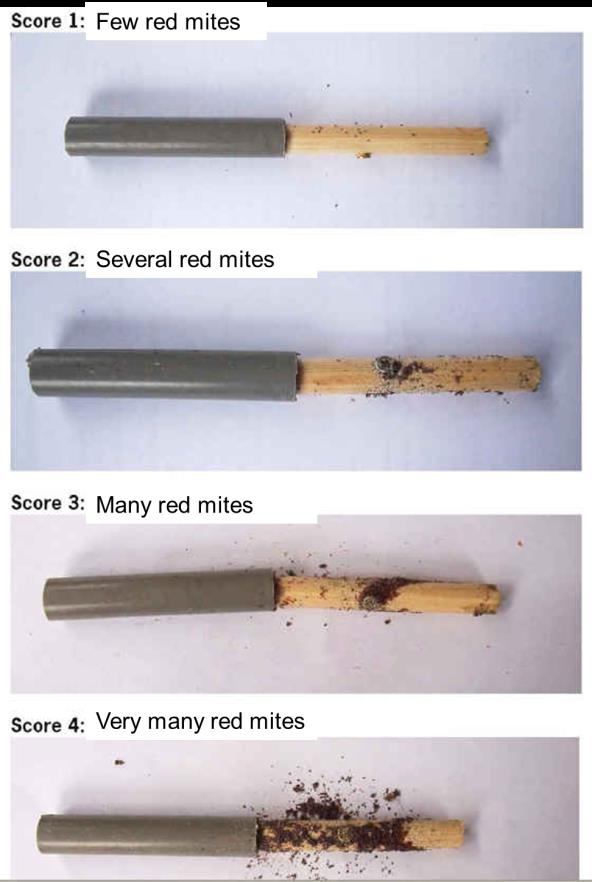Recently, two guidelines have been produced in the Hennovation project: One on feather pecking and one on end-of-lay.
Déborah Temple, Thea van Niekerk, Claire Weeks, Xavier Manteca, 2017. Guidelines feather pecking. Hennovation (32 pp).
Déborah Temple, Thea van Niekerk, Claire Weeks, Xavier Manteca, 2017. Guidelines end of lay. Hennovation (24 pp).
Déborah Temple, Thea van Niekerk, Claire Weeks, Xavier Manteca, 2017. Guidelines feather pecking. Hennovation (32 pp).
Déborah Temple, Thea van Niekerk, Claire Weeks, Xavier Manteca, 2017. Guidelines end of lay. Hennovation (24 pp).





